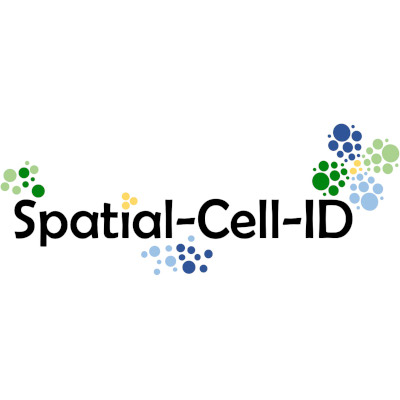Transcriptomic heterogeneity of cells in organisms over time and space necessitates state-of-the-art technologies to access this variability and its dynamics in situ. Hence, the Spatial-Cell-ID facility aims to enhance the spatial resolution of MERFISH for pinpointing transcripts of specific genes (ranging from a few to thousands) in situ, achieving cellular and subcellular precision over time. To achieve this, we employ a microfluidics device enabling multiple rounds of hybridization (smFISH) synchronized with an advanced 3D STED microscope, providing precise spatial localization of RNA spots with a resolution of 50 nm. This technology is tailored for whole-mount samples across diverse organisms, spanning from mammalian cells to invertebrate systems such as Drosophila and C. elegans. Supported by EquipEx+ funding, Spatial-Cell-ID will be nationally accessible through the LyMIC core facility. Our facility complements commercial systems focused on imaging larger samples at lower 2D resolution. Our bespoke solution not only surpasses current state-of-the-art capabilities but also maintains its position at the forefront of technology, with potential future integration of genomic and spatial proteomic techniques.
Publications
Bouchet M., Urdy S., Guan W., Kabir C., Garvis S., Enriquez J. A simple smiFISH pipeline to quantify mRNA at the single-cell level in 3D. (2023). STAR Protocols. Volume 4, Issue 2, 2023, 102316.
